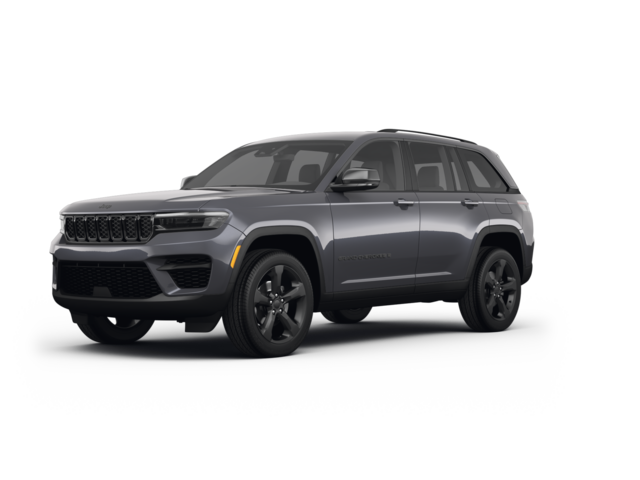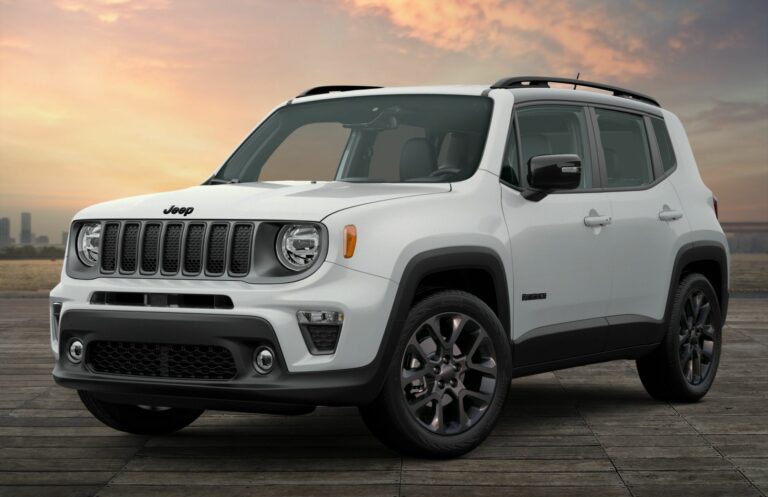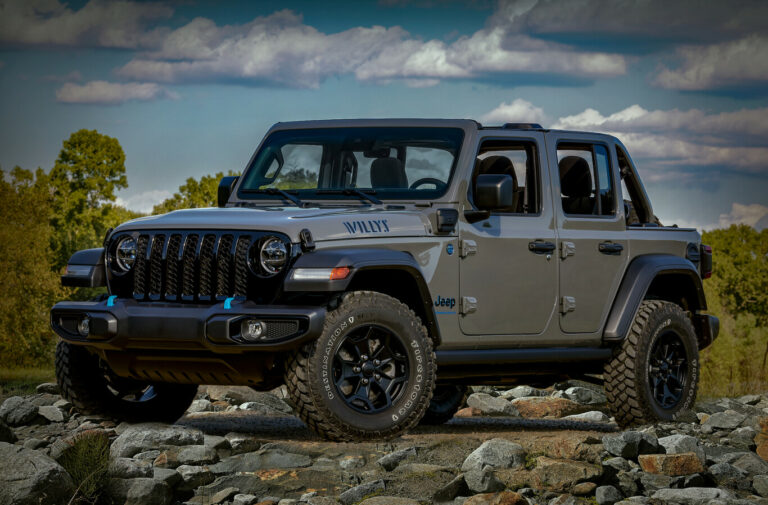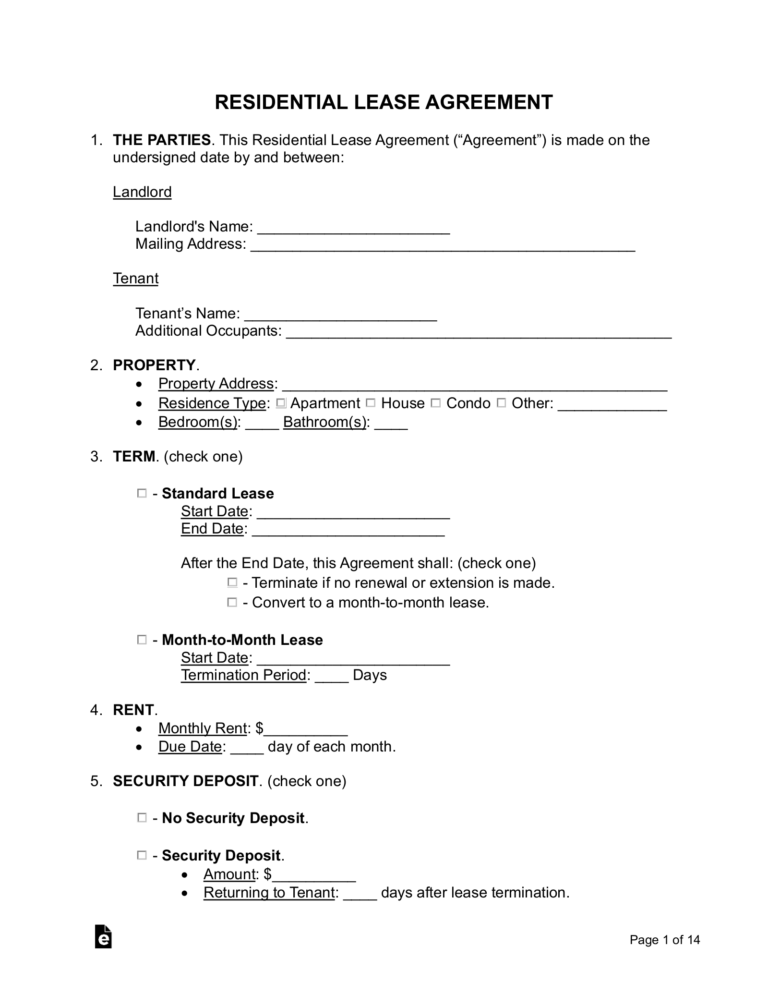1980s Jeep CJ7 For Sale: Your Ultimate Guide to Finding and Owning an American Icon
1980s Jeep CJ7 For Sale: Your Ultimate Guide to Finding and Owning an American Icon jeeps.truckstrend.com
The roar of an inline-six engine, the wind in your hair, and the unmistakable silhouette of a classic American off-roader – these are the hallmarks of the 1980s Jeep CJ7. More than just a vehicle, the CJ7 is a symbol of freedom, adventure, and rugged individualism. As the last iteration of the iconic "Civilian Jeep" before the introduction of the Wrangler, the 1980s CJ7 holds a special place in the hearts of enthusiasts and collectors alike. Whether you’re a seasoned off-roader looking for a vintage rig, a classic car enthusiast seeking a piece of automotive history, or simply someone yearning for a simpler, more connected driving experience, a 1980s Jeep CJ7 for sale represents a unique opportunity. This comprehensive guide will navigate you through the world of buying, owning, and appreciating this timeless legend.
The Enduring Allure of the CJ7: A Legacy Forged in Steel
1980s Jeep CJ7 For Sale: Your Ultimate Guide to Finding and Owning an American Icon
The Jeep CJ7, produced from 1976 to 1986, built upon the foundation laid by its predecessors, the CJ5 and CJ6, while introducing key improvements for enhanced comfort and stability. Its slightly longer wheelbase made it more highway-friendly than the CJ5, without sacrificing its legendary off-road prowess. The 1980s models, in particular, represent the culmination of the CJ series’ development, often featuring more refined interiors and a broader range of engine and transmission options compared to earlier years.
What makes the CJ7 so appealing today? It’s a blend of factors:
- Iconic Design: The classic boxy body, round headlights, removable doors, and fold-down windshield scream adventure.
- Unmatched Capability: With solid axles, robust transfer cases (primarily the Dana 300 in the 80s), and a simple yet effective leaf spring suspension, the CJ7 is a true go-anywhere machine.
- Customization Heaven: The aftermarket support for CJ7s is immense, allowing owners to tailor their vehicles for specific off-road needs, aesthetic preferences, or modern comforts.
- Nostalgia and Community: For many, the CJ7 evokes memories of simpler times, rugged expeditions, and a sense of camaraderie within a passionate global community of owners and admirers.
- Investment Potential: Well-maintained or restored CJ7s are increasingly appreciating in value, making them not just a hobby but potentially a sound investment.
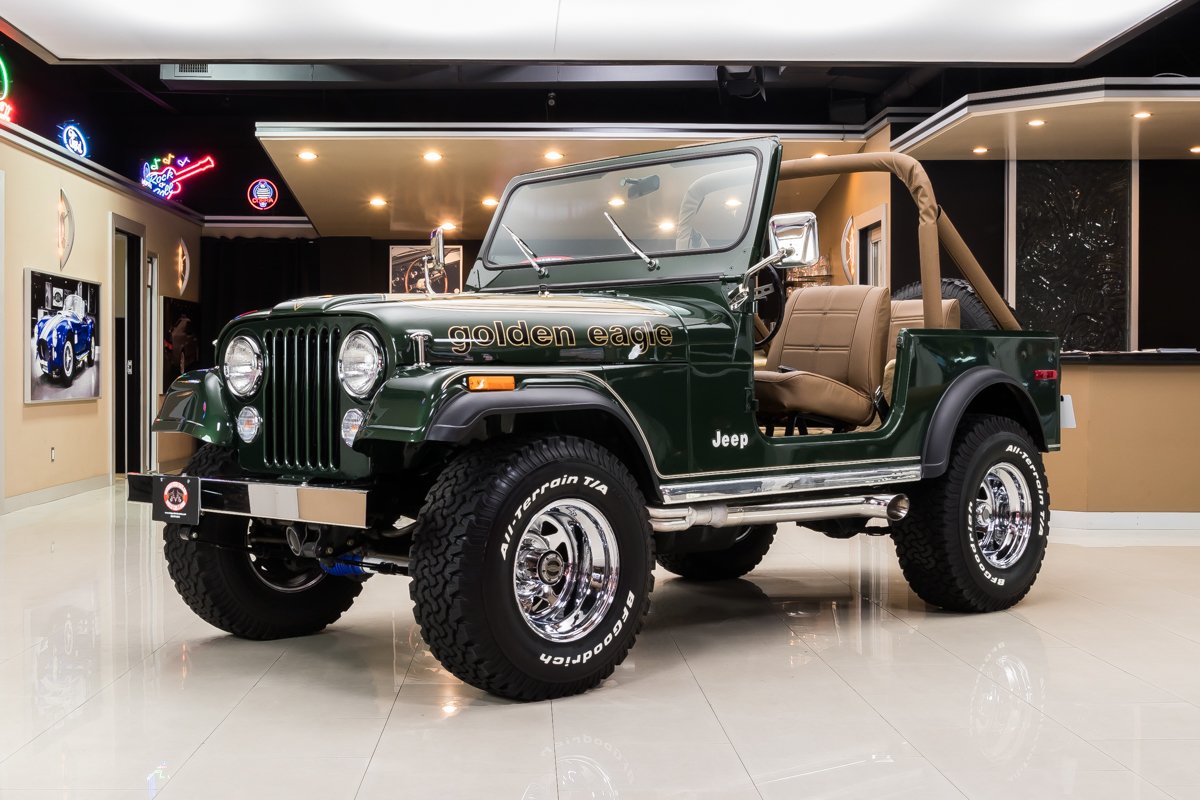
What to Look For When Buying a 1980s CJ7
Acquiring a vintage vehicle like a CJ7 requires a keen eye and a thorough inspection. While the CJ7 is renowned for its durability, decades of use, and exposure to the elements can take their toll. Here are the critical areas to scrutinize:
1. The Rust Monster: Your Primary Adversary
Rust is, without a doubt, the number one enemy of the CJ7. Due to their steel body tubs and frame, and often harsh usage, rust can be pervasive.
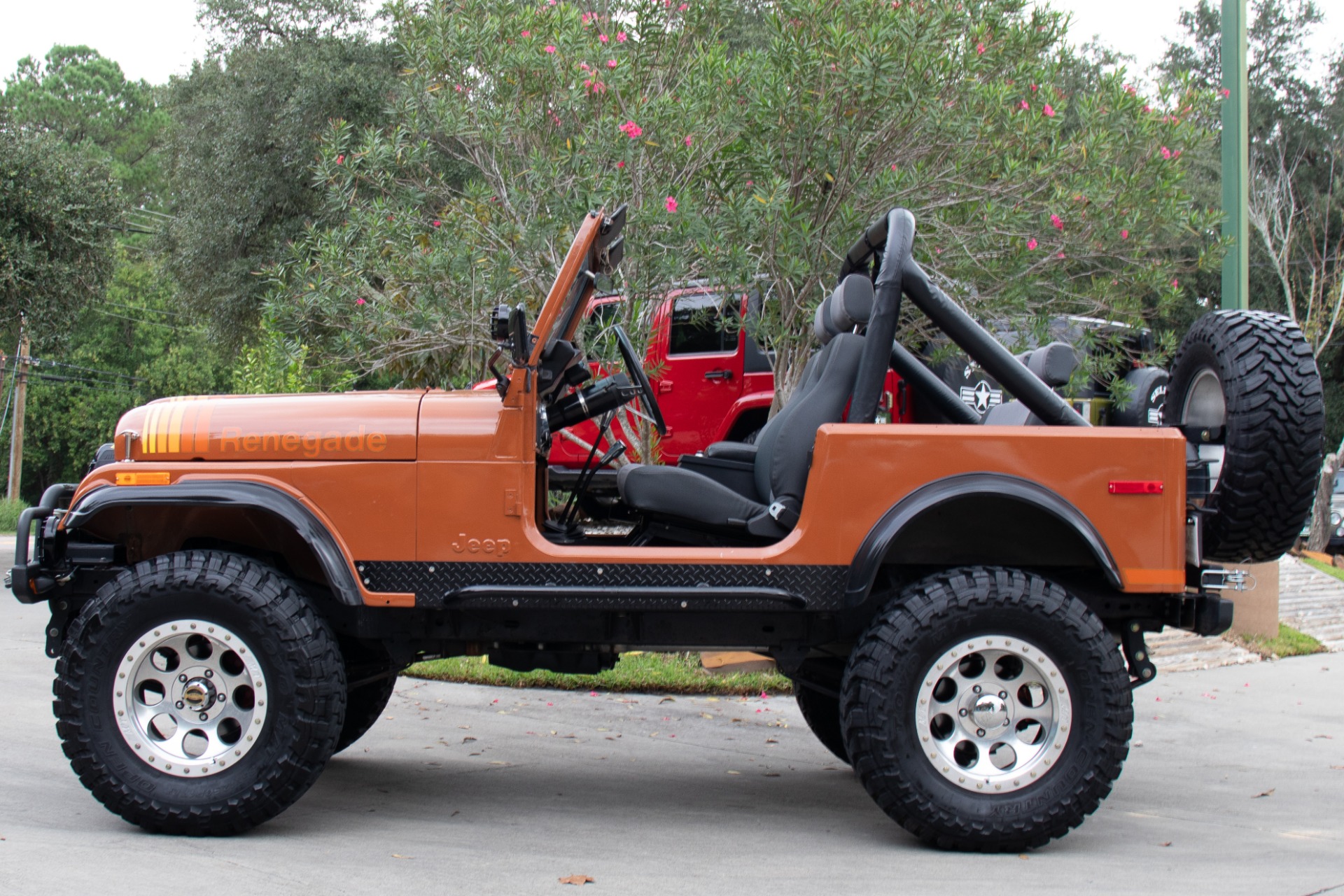
- Frame: Inspect the entire frame, especially around the spring hangers, body mounts, and where the frame rails curve upwards over the axles. Look for cracks, excessive pitting, or previous patch repairs.
- Body Tub: Pay close attention to the floorboards (especially under the seats and footwells), rocker panels, wheel wells, and the tailgate. Rust in these areas can be extensive and costly to repair, potentially requiring full body tub replacement.
- Fenders and Windshield Frame: These areas are also prone to rust, particularly at the bottom edges and where accessories attach.
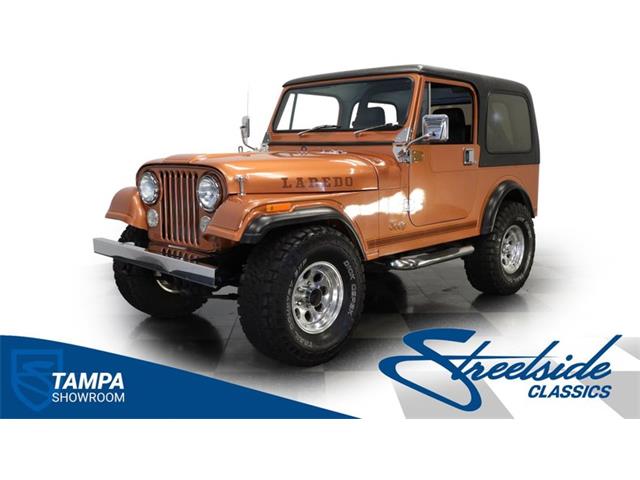
2. Engine and Drivetrain Health
The 1980s CJ7 primarily featured two engines: the 2.5L AMC inline-four and the more common and highly regarded 4.2L (258 cubic inch) AMC inline-six. A smaller number might have the 5.0L (304ci or 360ci) AMC V8, though these are rarer for the 80s models or are typically engine swaps.
- Engine: Listen for unusual noises (knocks, ticks, rattles), check for excessive smoke from the exhaust (blue for oil, white for coolant, black for rich fuel mix), and look for fluid leaks (oil, coolant). Pay attention to the carburetor on the 258ci – the stock Carter BBD can be notoriously finicky.
- Transmission: Check for smooth shifts in manual transmissions (T-4, T-5) and proper engagement in automatics (TF999). Listen for grinding or slipping.
- Transfer Case (Dana 300): Ensure it shifts smoothly into 2WD, 4-High, and 4-Low. Check for leaks around the seals.
- Axles (Dana 30 front, AMC 20 rear): Look for leaks at the differential covers and axle seals. The AMC 20 rear axle is known for weak two-piece axle shafts; many owners upgrade to one-piece shafts or swap the axle entirely.
3. Suspension and Steering
- Leaf Springs: Check for sagging, broken leaves, or worn bushings.
- Shocks: Look for leaks or excessive bouncing during a test drive.
- Steering Linkage: Inspect tie rods, drag link, and ball joints for looseness. Worn components here are primary causes of the dreaded "death wobble."
- Steering Box: Check for leaks or excessive play in the steering wheel.
4. Electrical and Interior
- Electrical: Test all lights, gauges, wipers, and the heater. While relatively simple, old wiring can be brittle or corroded.
- Interior: Inspect seats for rips, the dash for cracks, and ensure all controls function. Water intrusion can lead to mold and further rust.
5. Documentation
Always ask for a clear title and any available service records. A VIN check can reveal past accidents or salvage titles.
Understanding CJ7 Models and Variations (1980-1986)
While the core CJ7 design remained consistent, there were variations over its 1980s production run:
- Engines: The 258ci (4.2L) inline-six was the most popular and generally preferred for its torque and reliability. The 2.5L I4 was more economical but less powerful.
- Transmissions: Manual options included the 4-speed T-4 (early 80s) and the 5-speed T-5 (mid-80s onwards). The 3-speed automatic was the robust TF999.
- Special Editions: While less common than in the late 70s, the 80s still saw desirable trims like the Laredo, which offered chrome accents, upgraded interiors (high-back seats, leather-wrapped steering wheel), and usually a tachometer and clock. The Renegade offered distinctive graphics and often larger tires. These trim packages can add to a vehicle’s value.
- Hardtop/Soft Top: CJ7s came with either a soft top or a removable hardtop. Hardtops generally add value due to better security and weather protection.
The Buying Process: Tips for a Successful Purchase
- Set a Realistic Budget: Beyond the purchase price, factor in potential costs for immediate repairs, maintenance, insurance, and any desired upgrades or restoration work.
- Do Your Homework: Research market values for CJ7s in various conditions. Understand common issues and typical repair costs.
- Inspect Thoroughly (or Hire a Pro): If you’re not mechanically inclined, invest in a pre-purchase inspection (PPI) by a qualified mechanic who specializes in vintage Jeeps or 4x4s. This small investment can save you thousands down the road.
- Test Drive Extensively: Drive it cold, drive it hot. Listen for noises, feel for vibrations, test the brakes, and engage 4WD. Check all lights, wipers, and gauges.
- Negotiate Wisely: Be prepared to walk away if the price doesn’t align with the vehicle’s condition or your budget. Don’t be afraid to point out deficiencies to justify a lower offer.
- Secure Paperwork: Ensure the seller has a clear title in their name and that the VIN on the title matches the vehicle. Get a bill of sale.
- Where to Look: Online marketplaces (Craigslist, Facebook Marketplace, eBay Motors), classic car dealers, specialist Jeep forums, and dedicated classic car auction sites are good starting points. Word-of-mouth within local Jeep clubs can also yield gems.
Owning and Maintaining a Vintage CJ7
Owning a vintage CJ7 is a rewarding experience, but it comes with responsibilities.
- Parts Availability: Good news! The aftermarket for CJ7 parts is vast. From body panels and frame sections to engine components, suspension upgrades, and interior pieces, almost anything you need can be found. OEM parts are rarer and often more expensive, but many quality aftermarket alternatives exist.
- Common Upgrades: Many owners opt for upgrades like fuel injection conversions for the 258ci engine (to improve reliability and performance over the stock carburetor), disc brake conversions, lift kits for larger tires, and stronger axles.
- Maintenance: Expect to perform more frequent checks and preventative maintenance than on a modern vehicle. Regular fluid changes, greasing of chassis components, and inspection for wear are crucial.
- Community: Join online forums, local Jeep clubs, or attend off-road events. The CJ7 community is incredibly supportive, offering advice, parts, and camaraderie.
Challenges and Solutions
- Rust Mitigation: If you find a CJ7 with minimal rust, prioritize rust prevention. If you buy one with rust, assess the cost of repair. Replacement body tubs are available, but it’s a significant undertaking.
- Carburetor Woes: The stock Carter BBD carburetor on the 258ci engine can be problematic. Many owners solve this by installing an aftermarket carburetor (like a Weber) or, ideally, converting to an electronic fuel injection (EFI) system for vastly improved reliability, cold starts, and fuel economy.
- "Death Wobble": This unsettling violent shaking of the front end is common in solid-axle Jeeps with worn steering or suspension components. The solution involves systematically checking and replacing worn tie rods, drag link, ball joints, track bar, steering box, and ensuring proper alignment and tire balance.
- Finding an Unmolested Example: Many CJ7s have been modified over the decades. Decide if you prefer an original, stock vehicle or if a tastefully modified one suits your needs. Be wary of poorly executed modifications.
1980s Jeep CJ7 For Sale: Estimated Price Guide
The price of a 1980s Jeep CJ7 can vary significantly based on condition, originality, modifications, and location. This table provides a general range:
| Condition Category | Description

